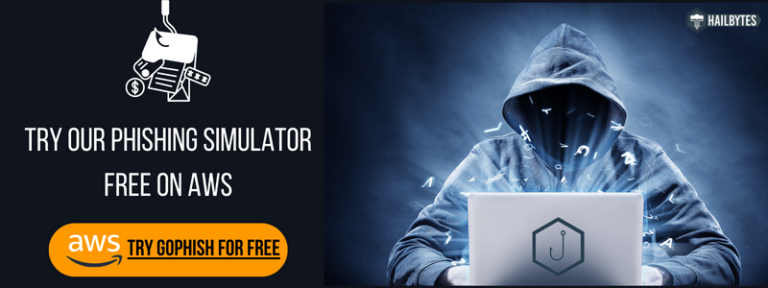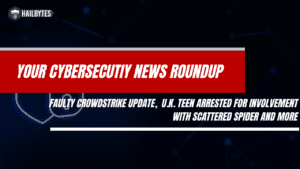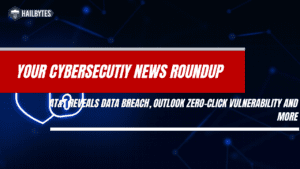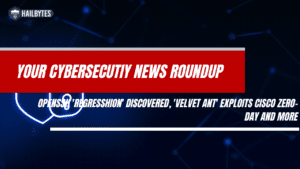Training Employees to Recognize and Avoid Phishing Scams

Introduction
In today’s digital age, where cyber threats continue to evolve, one of the most prevalent and damaging forms of attack is phishing scams. Phishing attempts can deceive even the most tech-savvy individuals, making it crucial for organizations to prioritize cybersecurity training for their employees. By equipping employees with the knowledge and skills to recognize and avoid phishing scams, businesses can significantly mitigate the risks associated with cyberattacks. In this article, we will outline effective strategies to train employees and foster a vigilant and cyber-aware workforce.
Effective Strategies to Train Employees
- Develop Comprehensive Training Programs:
To combat phishing attacks, organizations must invest in well-designed training programs tailored to their specific needs. These programs should cover essential topics such as phishing techniques, common red flags, and best practices for email and web browsing. The training should be easily accessible and mandatory for all employees, regardless of their role or technical proficiency.
- Raise Awareness About Phishing Techniques:
Employees must understand the different tactics employed by cybercriminals to launch phishing attacks. This includes email spoofing, malicious attachments or links, deceptive websites, and social engineering techniques. By educating employees about these methods, they can better identify suspicious signs and take appropriate actions.
- Teach Email Best Practices:
Email remains one of the primary channels for phishing attacks. Train employees to identify suspicious emails by examining the sender’s address, checking for poor grammar or spelling errors, and verifying links or attachments before clicking on them. Encourage employees to avoid opening emails from unknown sources or those requesting sensitive information.
- Utilize Simulated Phishing Exercises:
Conducting simulated phishing exercises is an effective way to evaluate employees’ preparedness and reinforce training concepts. By creating mock phishing emails and monitoring how employees respond, organizations can identify knowledge gaps and provide targeted feedback. Regularly scheduling these exercises helps maintain a high level of awareness and readiness.
- Emphasize the Importance of Password Security:
Phishing attacks often aim to acquire sensitive login credentials. Employees should be trained on creating strong, unique passwords and using password management tools. Encourage them to never share passwords, use multi-factor authentication wherever possible, and update their passwords regularly.
- Promote a Culture of Vigilance:
Establishing a cybersecurity-conscious culture within the organization is vital. Encourage employees to report suspicious emails, websites, or incidents promptly. Implement reporting mechanisms that make it easy for employees to report potential threats without fear of reprisal. Regularly communicate and reinforce the importance of cybersecurity to maintain a vigilant workforce.
- Provide Ongoing Training and Updates:
Cybersecurity threats evolve rapidly, so training should be an ongoing process. Keep employees informed about the latest phishing techniques, emerging trends, and real-life examples of successful attacks. Provide regular updates through newsletters, internal communications, or dedicated training sessions to ensure employees stay abreast of the evolving threat landscape.
Conclusion
Phishing attacks pose a significant risk to organizations, making it crucial to train employees to recognize and avoid such scams. By implementing comprehensive training programs, raising awareness about phishing techniques, and promoting a culture of vigilance, organizations can empower their employees to become the first line of defense against cyber threats. With continuous training and education, businesses can strengthen their cybersecurity posture and protect sensitive data and assets from phishing attacks, safeguarding their reputation and ensuring a secure digital environment.







